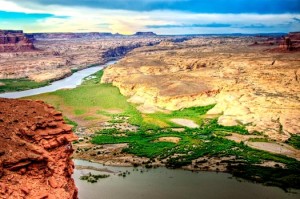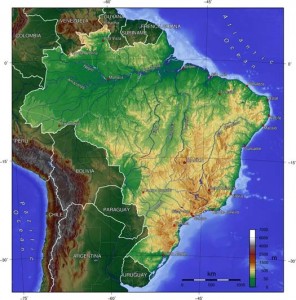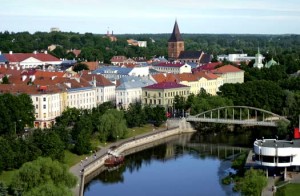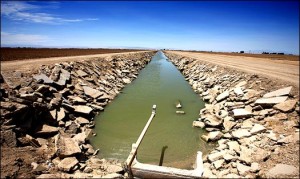The Pacific Institute Analysis for the United Nations recommends coping methods for growing supply and demand gaps of transboundary rivers and aquifers.

By Steve Kellman
Circle of Blue
A new analysis from the Pacific Institute finds that climate change and its effect on freshwater supplies may lead to more cross-border conflicts over shared water resources if countries don’t start preparing now.
The analysis, conducted by the California-based research institute and the United Nations Environment Programme, echoes recent Circle of Blue reports on shared freshwater resources serving as a flashpoint for international conflicts. As climate change alters patterns of water supply and demand, as well as flood and drought, existing water agreements may no longer apply as new disputes arise. Read more












